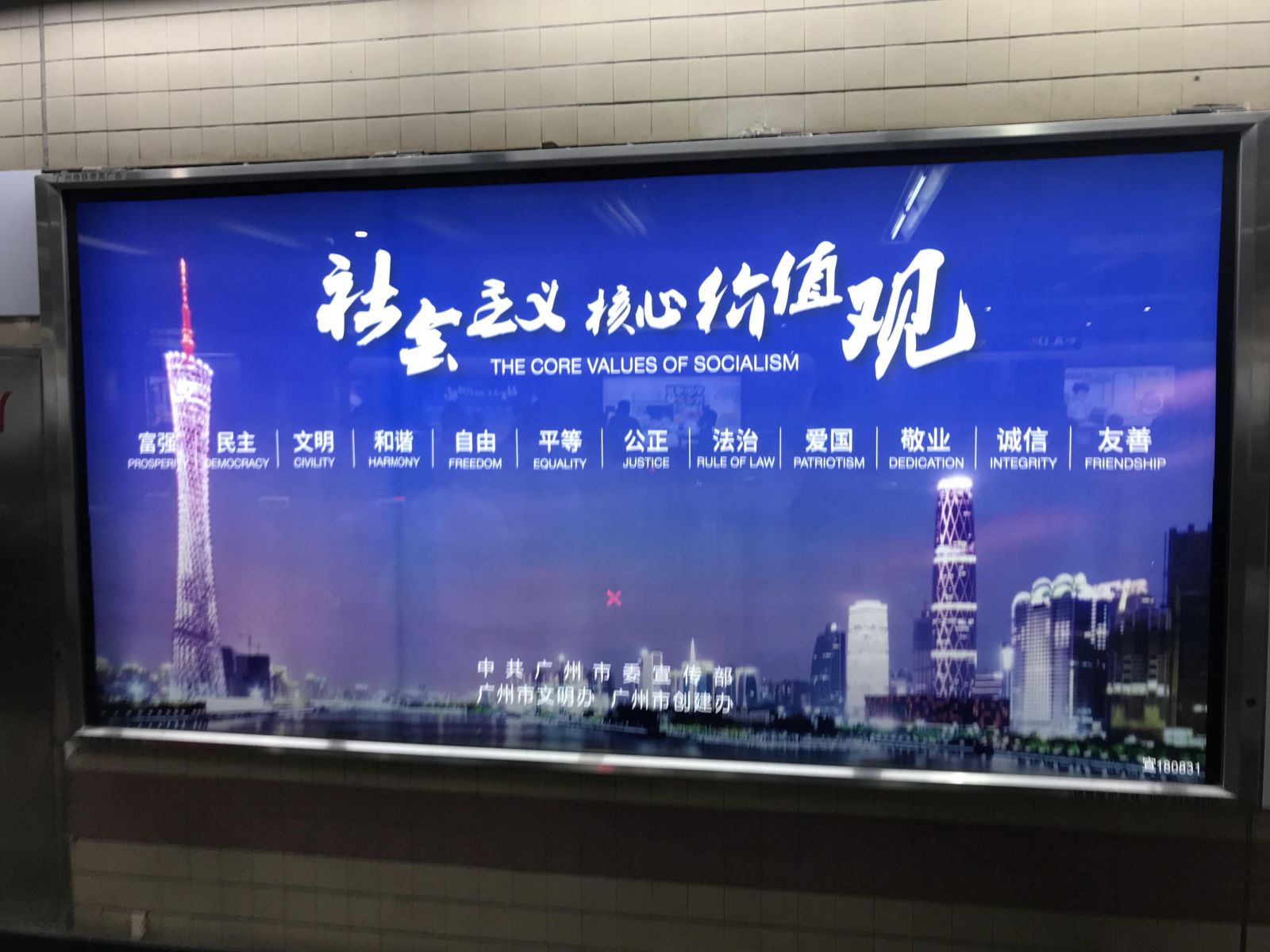Asian Stocks Are Caught in the Longest Sell-off in 16 Years
This article by Ian C Sayson for Bloomberg may be of interest to subscribers. Here is a section:
Eoin Treacy's view -“We see that light at the end of the tunnel, but we’re still kind of in the darkness ourselves,” Citi’s Peng said. Investors need more concrete catalysts before they step in to buy stocks. “So that’s the challenge for money managers.”
“We are looking to be more constructive on Asian equities in the next quarter, if the current correction continues. Valuations will be more attractive and worth a look then,” said Jason Low, senior investment strategist at DBS Bank Holdings Ltd.
“The good news is that valuations are looking more attractive now and technicals are oversold, which suggest that Asian stocks could be poised for a rebound in the next few months,” Jasslyn Yeo global market strategist as JPMorgan Asset Management.
Among the top 18 holdings in the iShares MSCI Emerging Markets ETF, 9 are from China. The addition, first of overseas Chinese companies and Hong Kong listed companies followed by mainland listed shares has represented a significant reweighting of the basket over the last decade. Since so many commodity producers rely on Chinese demand growth for exports the country’s influence is even greater than might initially be apparent.
This section continues in the Subscriber's Area. Back to top




.png)